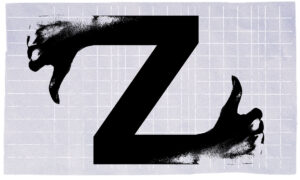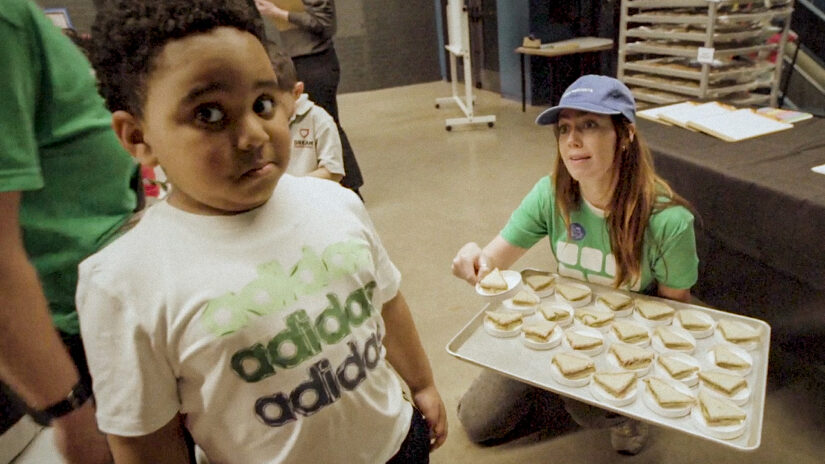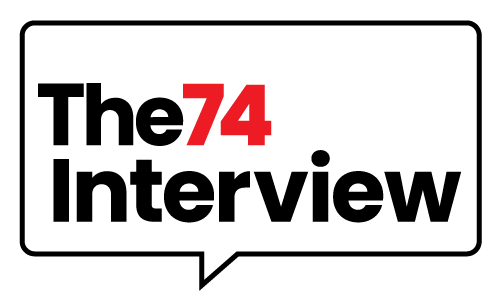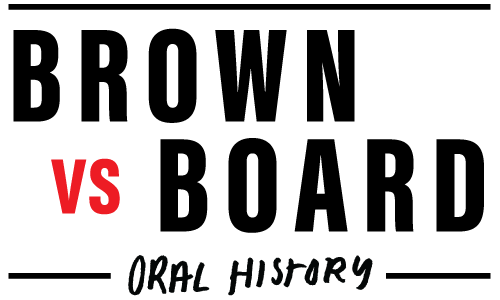Explore
The Latest
-
skills for the future
极速赛车官方-168极速赛车开奖记录查询结果-英国赛车一分钟计划-Reinventing Report Cards: Reading, Writing, Collaboration and Other Work Skills
-
North Carolina
National Conference Convenes Education Leaders Around ‘Future-Focused Schools’
-
opinion
‘Brown’ Devastated the Black Teaching Force. It’s Long Past Time to Fix That
-
Maryland
Maryland May Join Other States to Retain Third Graders With Low Reading Proficiency
-
Indiana
Indiana’s Ed Scholarship Accounts See Boosted Participation Ahead Of 2024-25 Term
-
Oklahoma
Oklahoma’s Largest School Districts Now Led by Black Women, Making State History
-
Analysis
Building Bridges Across State Lines Is Set to Transform Education in Connecticut
-
Ohio
Private School Just For Low Income Kids Looks To Create Thriving Adults
-
opinion
High-Poverty Schools in Colorado, Massachusetts Defying the Odds for Students
-
microschools
The Rise Of Education Entrepreneurs In Minnesota
-
Chronic Absenteeism
With Poll Showing 1 in 4 Kids Is Chronically Absent, How 1 District Is Reaching Out
-
California
California Teachers are Using AI to Grade Papers. Who’s Grading the AI?
-
Indiana
Indiana’s Overall Child Well-Being Scores Decline in New National Report
-
alabama
Alabama Lawmakers Consider New School Funding Model
-
alabama
AI in Medicine Graduate Program Approved at University of Alabama at Birmingham
-
Wyoming
Wyoming Advocates Want More Parents to Have Access to Education Savings Accounts
-
New Mexico
New Mexico Ranks 50th in Child Welfare, Shows Mixed Progress in Several Areas
-
Independence Day
The Declaration of Independence Wasn’t Really Complaining about King George
-
News
Drivers Keep Passing Stopped School Buses, Despite Use Of Cameras To Catch Them
-
opinion
Most Philly Students Have College Ambitions, But Prep Varies by High School
-
Kansas
Kansas Public Schools Relying on Blueprint for Literacy to Build Reading Skills
-
opinion
New Database Features 250 AI Tools That Can Enhance Social Science Research
-
Florida
Public School Chaplains, Other Education Laws Take Effect Monday in Florida
-
Alaska
Alaska Supreme Court Reverses Homeschool Allotment Ruling
-
mississippi
New Mississippi Law Makes ASL a Foreign Language Credit
-
Oregon
Oregon Proposes New Literacy Requirements For Teacher Training and Licensing
-
Analysis
When Was the Golden Age of American K-12 Education? And How Can We Tell?
-
Wisconsin
Wisconsin School Violated Seclusion and Restraint Policies, Investigation Finds
-
EDlection 2024
Amid Disastrous Debate, a Lost Opportunity to Address Children’s Issues
-
Illinois
Illinois Governor Signs Bill Creating New Department of Early Childhood























































